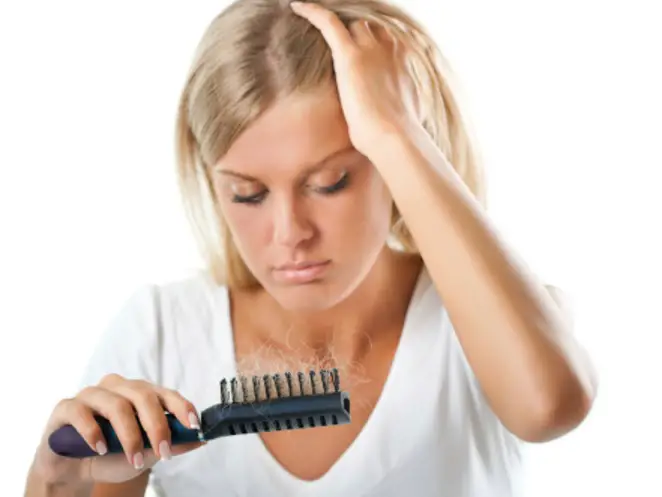Alopecia is a condition that causes the sufferer to lose their hair, resulting in patches of baldness. In some extreme cases, it can even result in full baldness and the sufferer can lose their eyelash and eyebrow hair too.
But what do we really know about alopecia, its causes and solutions? In order to fully educate ourselves, let’s break down the condition and learn the facts.
Who is affected by alopecia?
Anyone can be affected by alopecia but it is mostly common in teenagers and the effects are usually worse when the sufferer is of a young age. In about 6 in 10 cases, the first sign of a bald patch tends to develop before the age of 20. However, alopecia can still occur in adulthood.
In this instance, it is mostly female sufferers that experience the condition in later life.
What are the symptoms of alopecia?
The first sign to look out for is noticeable bald patches about the size of a coin. These usually come in a round shape and can occur anywhere on the scalp. Occasionally the scalp may look a little red, there may be some swelling and itchiness but this isn’t always the case.

When a bald patch first occurs, it can be difficult to predict what the outcome may be. Here are some ways in which it can progress:
- Quite often, the bald patches of hair can experience regrowth within a few months. However, should the hair grow back, the colour of the new hair can sometimes look grey or white for a while. This is usually the case for several months before the hair returns back to its natural colour.
- It is quite common for a new bald patch to occur whilst a previous one is going through the process of regrowth.
- In about 1 in 5 cases, the nails can be affected and become ridged or pitted.
What are the types of alopecia and their causes?
1. Alopecia Areata
Alopecia Areata is when the sufferer experiences partial hair loss resulting in patches of baldness. The immune system makes white blood cells and antibodies to protect against foreign objects such as bacteria and viruses and many white blood cells gather around the affected hair follicles, which are mistaken as foreign. This leads to the hair becoming weak and causing bald patches.
2. Alopecia Totalis
The second type is Alopecia Totalis (AT), which results in the total loss of hair on the scalp. It usually appears in two types: The first being fairly sudden and the second is a more gradual process that originates from Alopecia Areata. ATcomes about as a result of an autoimmune disorder, which causes the immune system to attack the hair follicles.
3. Alopecia Universalis
This type of alopecia is an advanced form of Alopecia Areata and is the result of complete loss of hair on the body and scalp. Many individuals with Alopecia Universalis are born with some hair but begin losing it very quickly. It is caused by a change in HR in chromosome band 8p21.2. This is the human version of the gene that is responsible for hairlessness in mice.
What are the treatments?
There are various different ways in which alopecia can be treated but the results really depend on the severity of the condition. Some people have found wigs to be effective, whilst others have chosen to steer clear of this option, as they’ve found it to be uncomfortable and itchy.Some have found Corticosteroids to be a handy solution.
This is an anti-inflammatory drug that can be given as an injection to the scalp, taken orally like a pill, or applied topically as an ointment, cream or foam. There is also the option of Rogaine, a topical drug that is used for pattered baldness.
However, it can take up to 12 weeks of treatment before hair begins to regrow and the results are often disappointing.
Non-surgical treatments that are instant and side-effect free are available. This new system has been created in the hope that it will be more wildly available and affordable for all types of hair loss sufferers that are looking for optimum results to beat their condition for good.










































Good article on Alopecia And Their Causes